In Poland's forests, two bunkers are reminiscent of the Nazi era. In the “Wolfsschanze” Stauffenberg's assassination attempt on Hitler failed, in the “Mauerwald” one suspects the Amber Room. Suzanne Cords looked around there.
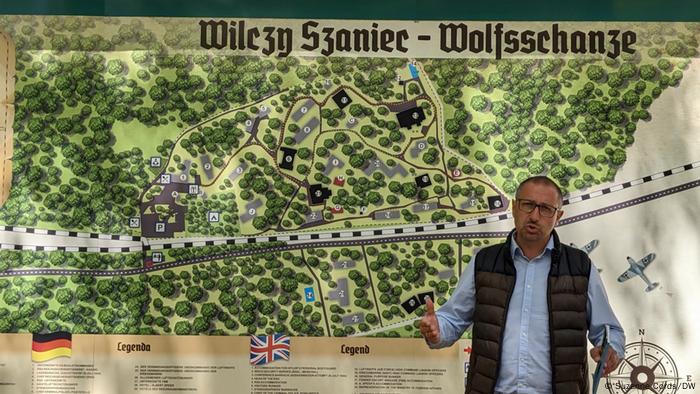 < p>The Wolf's Lair is now a popular tourist destination
< p>The Wolf's Lair is now a popular tourist destination
The forest in the former East Prussia, until the end of the Second World War the easternmost province of the German Reich, is becoming ever denser. Today the area largely belongs to Poland. Near the town of Rastenburg, now called Kętrzyn, Adolf Hitler had his Führer headquarters built in the Görlitz Forest: the “Wolf's Lair”.
At around 2.5 Between 1940 and 1944, a hermetically sealed and well-guarded facility was built between 1940 and 1944: the site with around 50 bunkers, 70 barracks, two airfields and a train station was supposed to be impregnable.
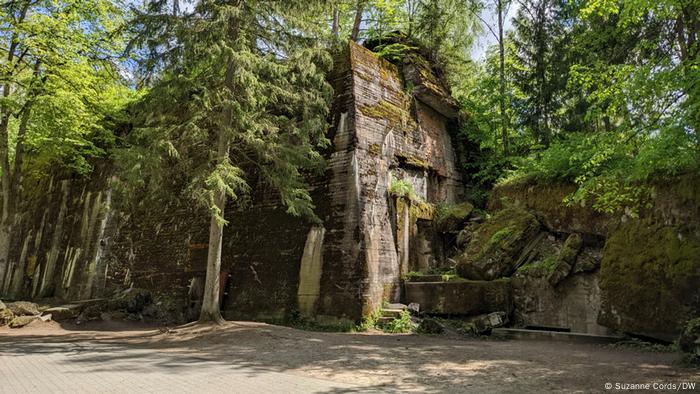
The Führerbunker had extra thick reinforced concrete ceilings
Hitler, his secretary Martin Bormann and Reich Marshal Hermann Goering had their private bunkers, and there was a bunker especially for state guests. The walls of the concrete giants were between five and seven meters thick. The occupants were protected by three heavily secured restricted areas, countless guard posts and a mine belt ten kilometers long and around 150 meters wide: around 2,000 military and civilian personnel were housed permanently in the “Wolfsschanze”. “The name,” says tourist guide Lukas Polubinski, “derives from 'Adolf', which means “noble wolf” in Old High German.” Hitler liked that, Wolf became his code name.
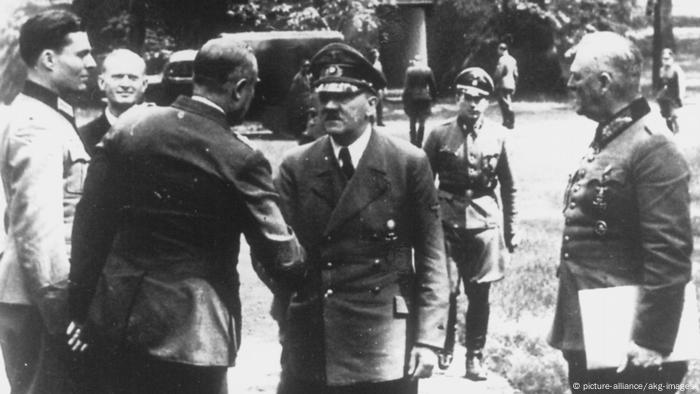
Only close confidants of Hitler were welcomed to the Wolfsschanze
His “Fuhrer Headquarters” was also perfectly camouflaged and could not be made out from the air. Huge deciduous trees and nets hid the complex. Adolf Hitler stayed longer at no other place during World War II: the “Führer” and Reich Chancellor of the German Reich and Commander-in-Chief of the Wehrmacht spent more than 830 days in the bunkers of the Wolfsschanze. “If anything can be seen as a symbol of a situation expressed by a building, then this bunker from the outside, it resembles an ancient Egyptian burial site,” Polubinski quotes Hitler's favorite architect Albert Speer as saying. “He lived, worked and slept in this tomb. It seemed as if the seven meter thick concrete walls that surrounded him separated him from the outside world in a figurative sense and locked him in his madness.”
< h2>Nature is taking back the place
Even today, almost 80 years later, you can feel the spirit of this place, where Hitler not only planned his campaigns with his generals and marshals, but also discussed the genocide of the Jews in detail. When the Red Army, the armed forces of the Soviet Union, approached, the German Wehrmacht blew up the quarter on January 24, 1945.
But the massive steel structures could not be completely destroyed Ferns overgrown with moss. After the Second World War, the locals stocked up on building materials here.
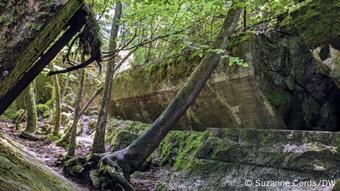
Like in the jungle: the Wolfsschanze today
Tourists have been coming since 1959, after the minefields were cleared. In the meantime, an operator offered visitors to sit on tanks and play war with air guns. This “Disney hype” repelled many, according to Polubinski. The Wolfsschanze has been under state management since 2017. Around 300,000 people come here every year, two thirds are Poles, the rest from all over the world.
It is forbidden to enter the remains of the bunker, but visitors keep climbing into the few remaining corridors. “We've had to get a lot of people out who were injured,” says Lukas Polubinski. “So please stay on the paths.”
I have no need to crawl through the damp corridors. It must be oppressive, with meters of concrete around you.
42 unsuccessful assassination attempts on Hitler
Just a few steps after the entrance, I come across the commemorative plaque that commemorates Claus Schenk Graf von Stauffenberg. On July 20, 1944, the Colonel attempted to kill Hitler with a bomb. The attack failed. “It wasn't the first assassination attempt on the Führer,” says tour guide Lukas Polubinski. At least 42 attacks on the dictator are guaranteed. What would the world have been spared, I think, if only one of them had been successful.
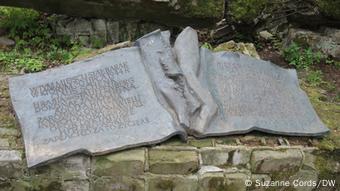
This is where the barracks once stood where Stauffenberg placed a bomb next to Hitler: Today a plaque commemorates the resistance fighter
Hitler took it as a good omen that he repeatedly escaped with his life. He was suspicious. Every visitor to the Wolfsschanze was checked before entering the seemingly impregnable fortress. It's almost a miracle, I think, that Stauffenberg managed to get anywhere near Hitler with a bomb at all.
Ironically, he only survived the assassination because it took place in a wooden shack. Hitler discussed the military situation with his military staff, and Stauffenberg was also invited. The colonel had already tried to smuggle in a bomb several times – the action always had to be stopped at the last moment.
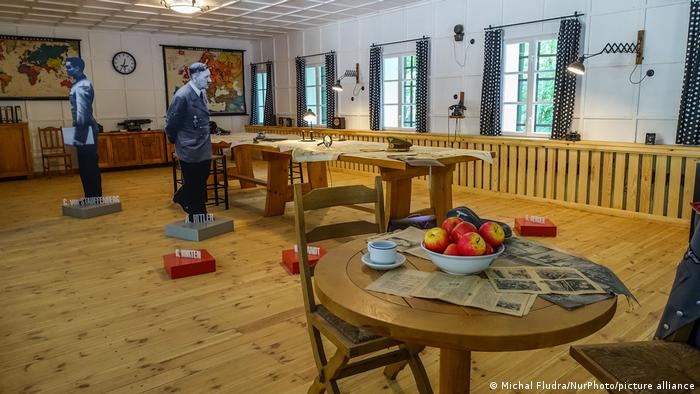
Replica of the wooden barracks in which Hitler held his briefing and survived the attack with minor injuries
But this time Stauffenberg managed to deposit a briefcase with a bomb under an oak table next to Hitler. But someone else kicked her aside because she was in the way. Hitler owes his life to this circumstance and to the fact that the pressure of the explosion was directed outwards through the light ceilings and walls of the wooden barracks and the windows that were open because of the summer heat. Four officers were killed, Hitler only slightly injured – he would probably have died in the bunker.

A few hours after the failed assassination attempt, Benito Mussolini visited the destroyed conference room in the Führer's headquarters together with Adolf Hitler and officers
Stauffenberg himself had left the room on a pretext. Convinced of Hitler's death, he went to Berlin to complete the putsch there. Instead, he and his co-conspirators were arrested and executed that night.
Russian campaign planned in the Wolf's Lair
Why, I wonder, didn't the Allies attack this place to end Nazi terror? “The bunkers were too massive,” explains Polubinksi. “The English and Americans probably knew from the summer of 1943 that the Wolfsschanze existed, but they didn't care about the building, they wanted to catch Hitler. And they didn't know exactly when he was there.” the planes would not have had the range to fly to East Prussia, drop bombs and return to England.
I learn that Hitler chose the location in East Prussia not only because of the good camouflage, but mainly because it was not far from the Russian border: On June 22, 1941, he ordered the Soviet Union to be attacked from the Wolfsschanze.
The Amber Room in the “Wall Forest”
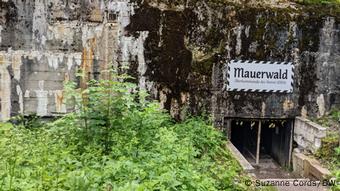
The army high command was 200 kilometers from the Russian border – strategically favorable for “Operation Barbarossa”, General Franz Halder decided.
The headquarters were only a few kilometers away, also well camouflaged in the dense mixed forest of the High Command of the Army: the “Wall Forest”. The bunkers here were never destroyed, and the operators have set up life-size figures in the oppressive, damp rooms.
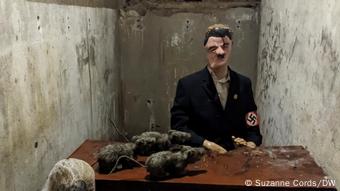
These The distorted image of Hitler in Mauerwald Park is – not only because of the rats – a popular photo motif for visitors
A submarine was also recreated and, I can hardly believe it, the legendary Amber Room. Prussian King Friedrich Wilhelm I gave it to Tsar Peter I the Great in 1716 as a token of their friendship and to confirm the alliance between their countries. The tsar had it displayed in his palace in Saint Petersburg. But during World War II the Germans robbed this precious chamber.

In the “Wall Forest” visitors can see a replica of the Amber Room – but there is no trace of the original
To this day nobody knows where it is. However, Erich Koch, the Gauleiter of East Prussia, suggested that the Amber Room could be hidden in the Mauerwald. After the war, he was not executed because it was hoped that the secret could be elicited from him – but he remained silent. Again and again, most recently in 2017, people dug and searched in the Wall Forest, but the treasure has disappeared.